Oak Frame Buildings
May 17, 2017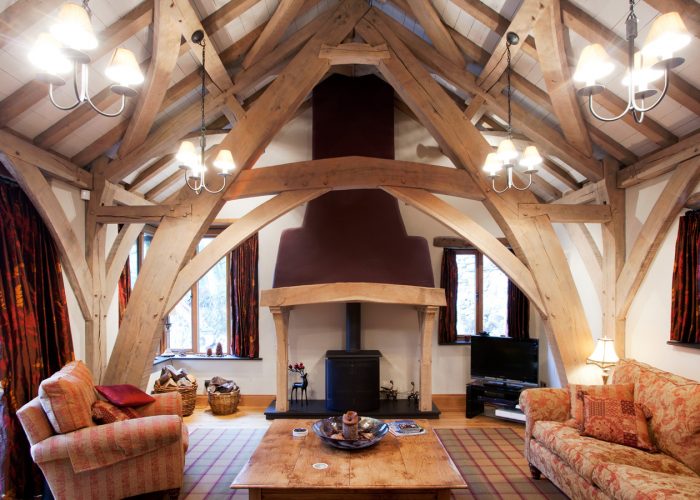
Oak Framed Building Lake District
Oak frame buildings are a part of our heritage and our culture in the UK and the lake district.
Post holes that would have once contained timber frames have been found dating back 10,000 years. The UK was once covered from top to toe in dense native forest which was gradually cleared as we transitioned from a nomadic hunter-gatherer lifestyle to that of settled farmers.
Many of the early buildings would have been formed from wood. The first use of recognisable timber framing came during the Roman occupation when carpenters were using mortice and tenon joints to join oak frames.
Gradually as the refining of metal alloys improved more detailed carpentry was possible with the use of steel saws. Some of the most famous and distinctive timber frame houses were built in the in the Tudor period.
Gradually due to the reduction of forest and the demand for quality timber building techniques tended toward earth materials including stone and brick and the timber frames became relegated to the formation of the roof trusses. Over time the quality of the wood and carpentry became less impressive, so it’s more common nowadays to hide this timber work within the roof space and walls.
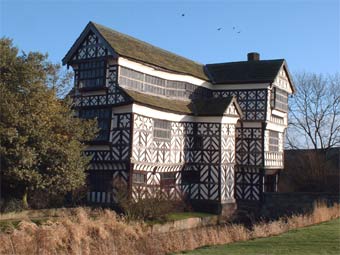
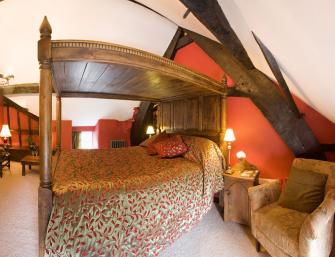
Timber is environmentally sustainable, carbon neutral, fully recyclable, strong, insulating, hard wearing and can be a work of art in the hands of a true craftsman.
A fine timber frame building is a celebration of the quality and story of the wood, and should show off the care and skill of the carpenter – they’re a feature as well as a functional structure. Each timber frame is unique, each shake in the timber, knot, bow and joint tells a story about the life of the tree and the continuation of an ancient art.
A good timber frame should last centuries. Carbon is captured in the body of a tree through photosynthesis and will be held in the structure of the timber until long after it has finished its job. Even then the wood will naturally rot back into the soil to be recycled by microorganisms and repurposed or burned to provide heat.
The skills of the carpenter in oak framing is essential to producing a structure that will be functional and beautiful. The choice of timber and use of joints should be practised or overseen by only a master carpenter who will have inherited the knowledge of hundreds of years of trial and error.
At roots of nature building, we have long had a love affair with green oak frames and work with local timber specialists who can meet our requirements. Weather it is sourcing the exact tree to create a unique shape or lift the roof height in your heritage build or it’s creating a new build cruck frame building or extension we have the skills and contacts to do it.
Oak framing lends itself perfectly to the other natural building trades. Straw bale, hempcrete, lime plaster all work harmoniously in both function and aesthetic with the magnificence of an oak frame.
Look at some of our work and that of our collaborative partners at Lakeland oak.
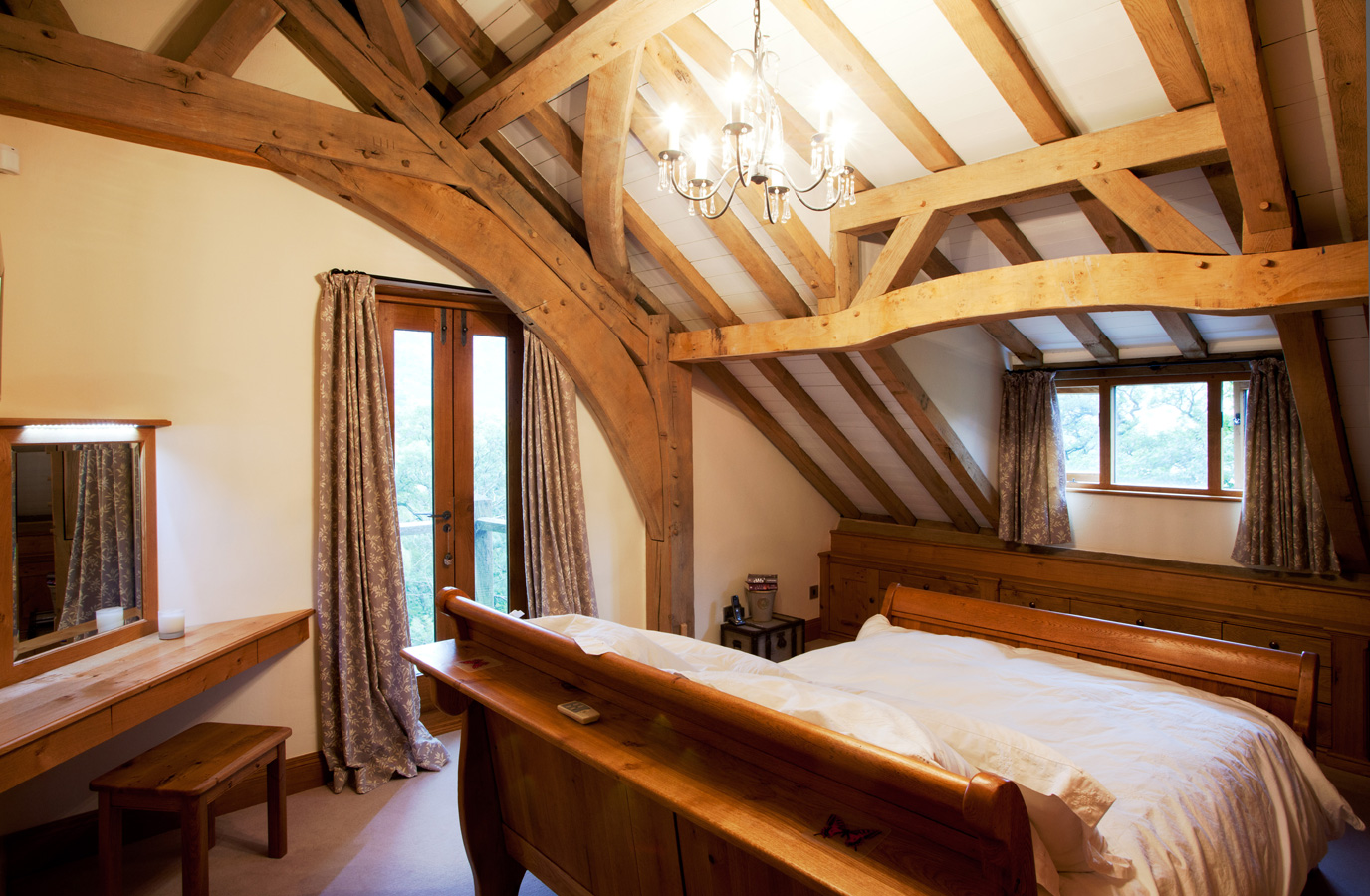
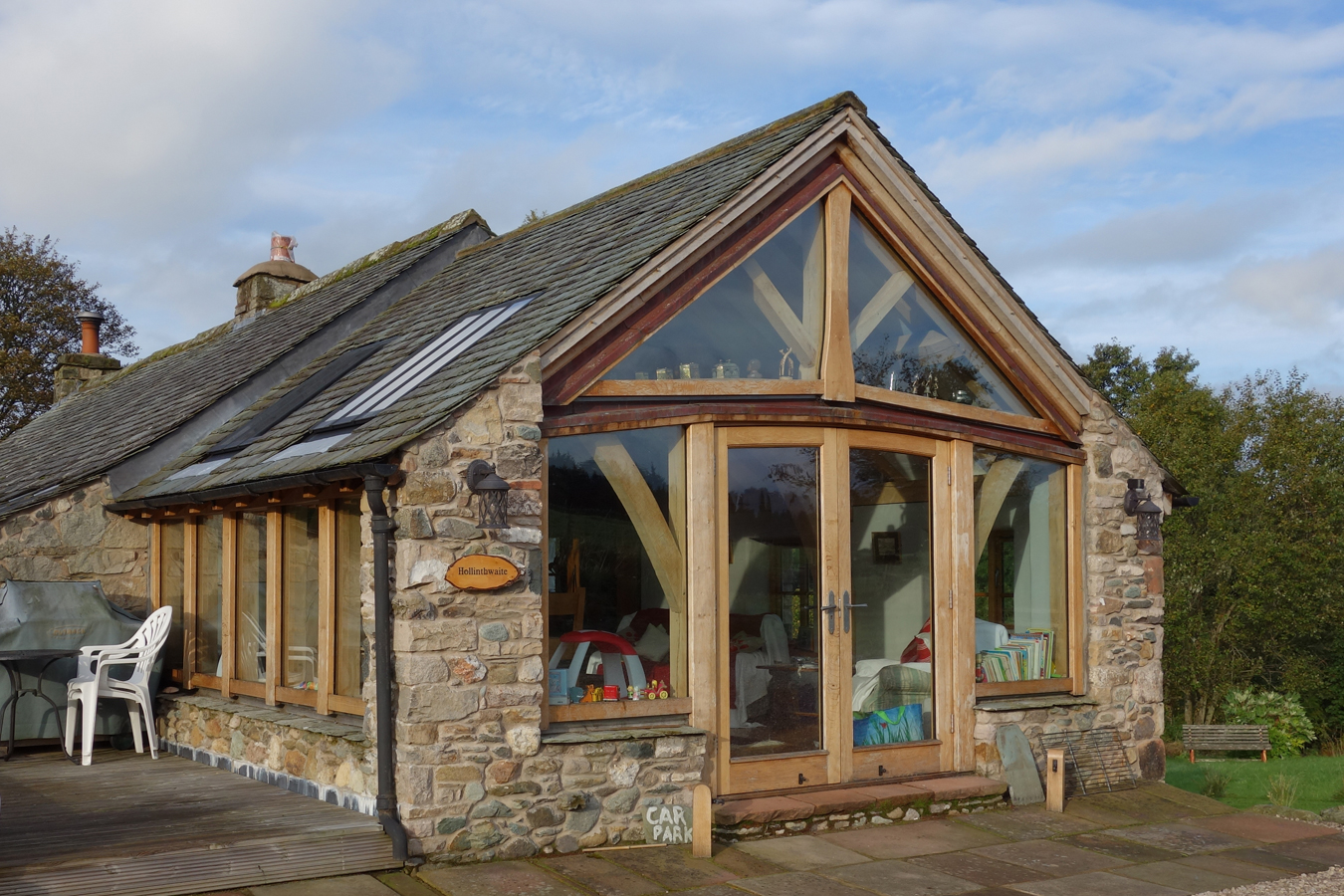
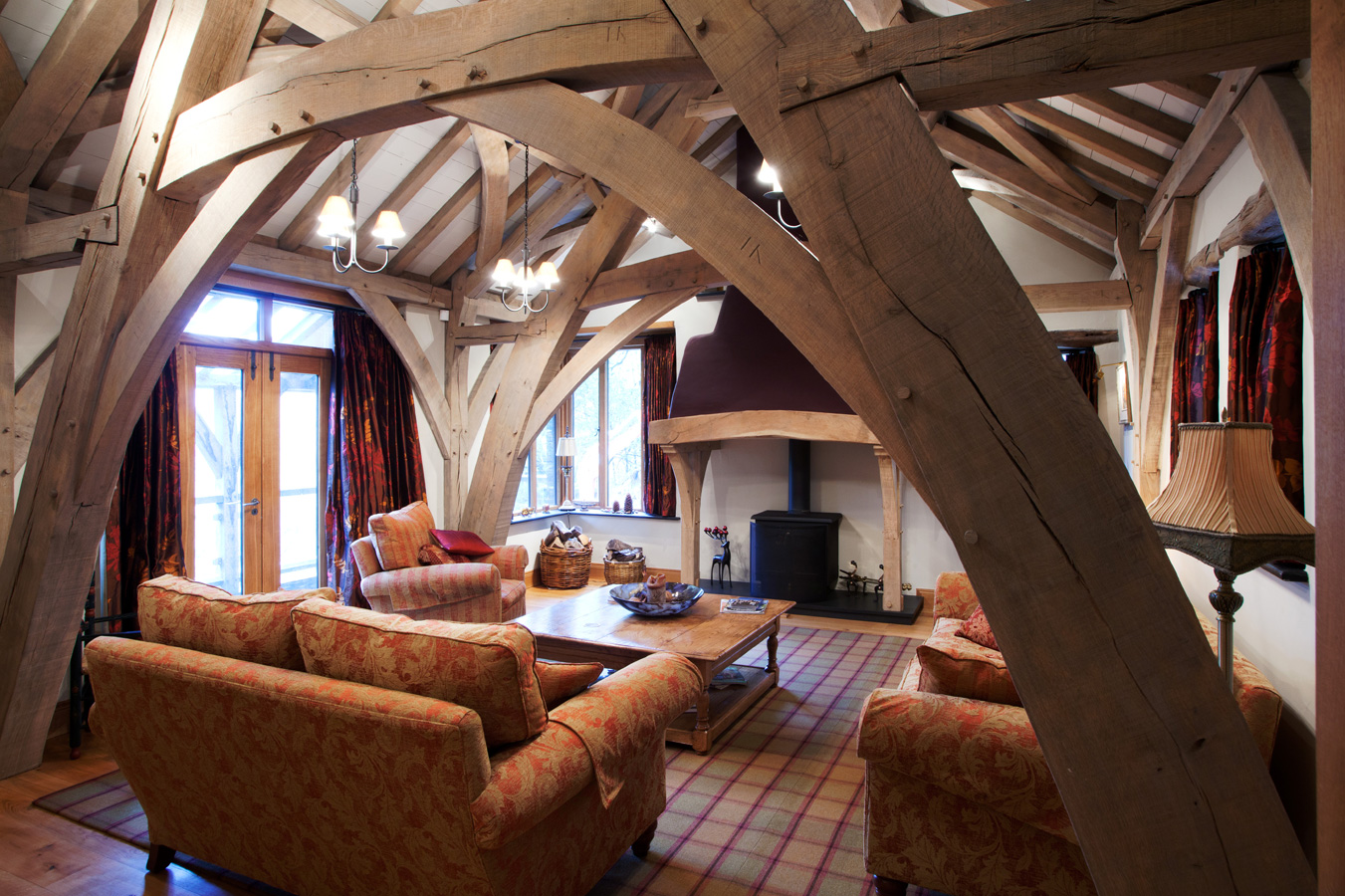
Stephen
The man that gets his hands dirty and has 30 years of experience in the building trade.
Caroline
Caroline is a holistic manager with a keen interest in environmental, animal and human health. She also runs the sister consultancy www.rootsofnature.co.uk